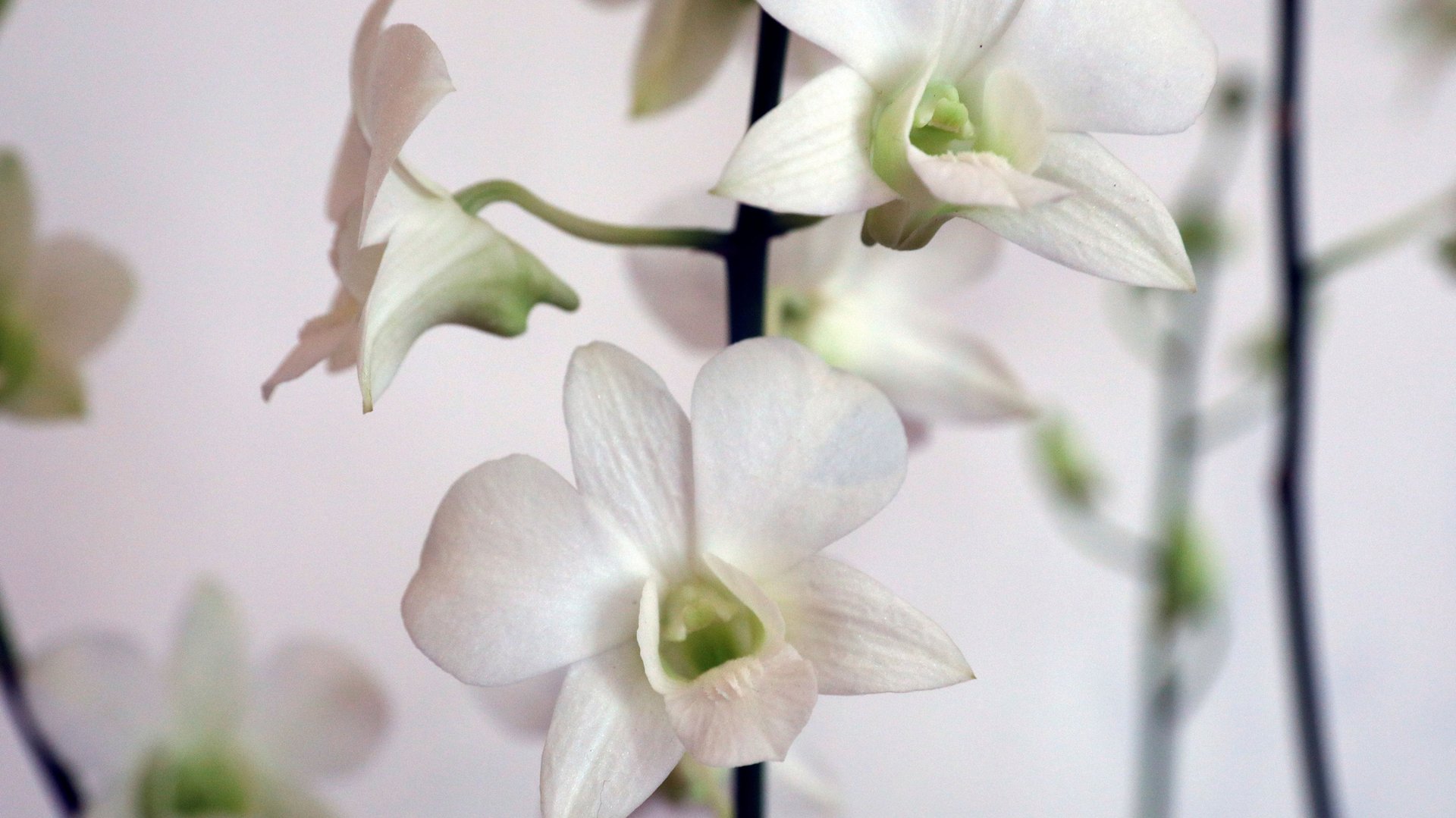Healthy vaginas can look nothing like each other
If you have a vagina, chances are your external reproductive genitals—which includes the clitoris and inner and outer labia—don’t look like anyone else’s. And that’s quite alright.


If you have a vagina, chances are your external reproductive genitals—which includes the clitoris and inner and outer labia—don’t look like anyone else’s. And that’s quite alright.
In the largest study on vulva shape to date, researchers from the Cantonal Hospital Lucerne in Switzerland took genital measurements of 657 women ranging from 15 to 84 years old. All were in good health and none were pregnant at the time.The team’s goal was to come up with an idea of what “normal” female genitalia look like. However, they realized healthy women have so much variety in their anatomy, the word “normal” is essentially meaningless.
Outer labia, for example, ranged between about half an inch (1.2 cm) to seven inches (18 cm) long, and inner labia were measured from as low as 0.03 inches to as high as three inches long. The only trends the researchers found was that older women tended to have shorter inner labia and perinea (the distance between the vulva and anus), and that women with higher BMIs tended to have larger outer labia and vaginal entryways.
The study was published (paywall) in June 2018 in the British Journal of Obstetrics and Gynecology. Notably, all the participants were white, and even though it’s the largest study yet of the physical appearance of external female genitals, it still included fewer than 1,000 participants. Future studies with a more diverse group of participants will almost certainly show even more variety.
The study confirms something professional organizations like the American College of Obstetrics and Gynecology have stated for years: all sizes and shapes of external female genitalia are healthy. But it comes at a time when women seem to be increasingly dissatisfied with the appearance of their vaginas, even though they may be perfectly healthy. In 2016, some 12,000 people in the US elected to have labiaplasty, a plastic surgery to change (or “rejuvenate” as the American Society of Plastic Surgeons calls it) the shape of the inner vulva to make it shorter than the outer vulva. Labiaplasty can be corrective for women who experience pain during sex or other activities. But the trends suggest more and more women are undergoing the surgery for cosmetic, rather than health reasons: 2016 was the first year on record the number of women receiving of labiaplasty in the US increased, according to the American Society of Plastic Surgeons.
Physicians are concerned that this discontent may be extending to adolescent girls. Researchers at the University of Melbourne are conducting an ongoing study to try to understand why so many adolescent female patients are seeking labiaplasties when they are perfectly healthy.